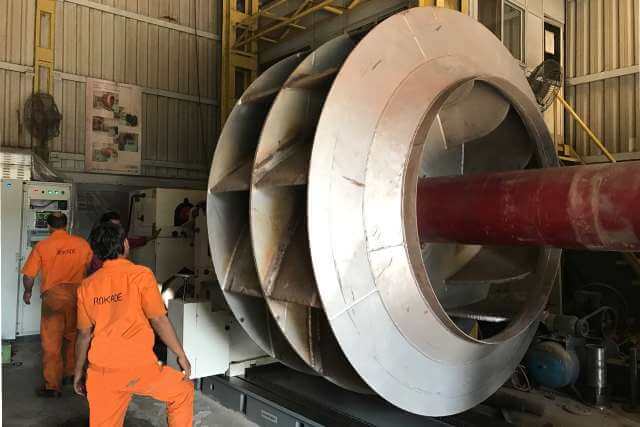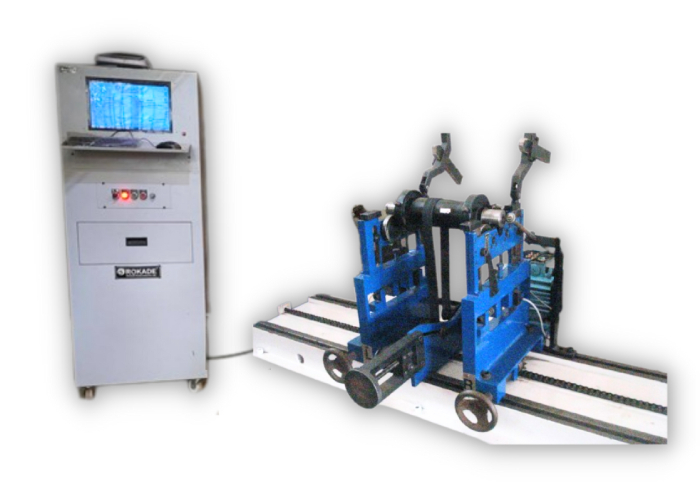Importance Of Dynamic Balancing
Balancing is the process of correcting or eliminating either completely or partially the effect due to resultant inertia forces and couple acting on the machine parts or components.
Quality
Depending on the machinery, single or dual plane balancing is used. Selecting one plane or two plane balancing generally depends on two factors. One of the factors is the ratio of the length of the rotor (L) to the diameter of the rotor (D). The other factor is the operating speed of the rotor. As a general rule of thumb, we can refer to the table shown below.
Service life
Bearings, suspensions, housings and foundations can be subjected to very high stresses caused by vibrations resulting from unbalance and these result in greater wear. Products with unbalanced parts often have a shorter service life.
Safety
Vibrations can reduce the frictional grip of screwed and clamped connections, until components loosen. Electric switches are destroyed by vibration, pipes and cables can fracture at the connections. Unbalance can substantially reduce a machines operating safety man and machine are at risk.
Competitiveness
Irregular, noisy running is always used as a quality assessment criterion and so vibrations can have a substantial negative effect on a products competitiveness: A highly vibrating household appliance and a noisy car are products which will not be successful on the market.
Forces caused by unbalance, disruptive vibrations and noises are removed by balancing. This involves improving the mass distribution of a rotor so that smaller centrifugal forces act in its bearings. In addition, the type of unbalance also has to be taken into account during balancing.
Unbalance types
Unbalance can be divided into different types depending on their effect. Apart from the shape and task of a rotor, the type of unbalance affects the location of the correction plane and the choice of balancing tolerance. The most important types of unbalance are:
Dynamic balancing will help ensure that the parts are operating properly





